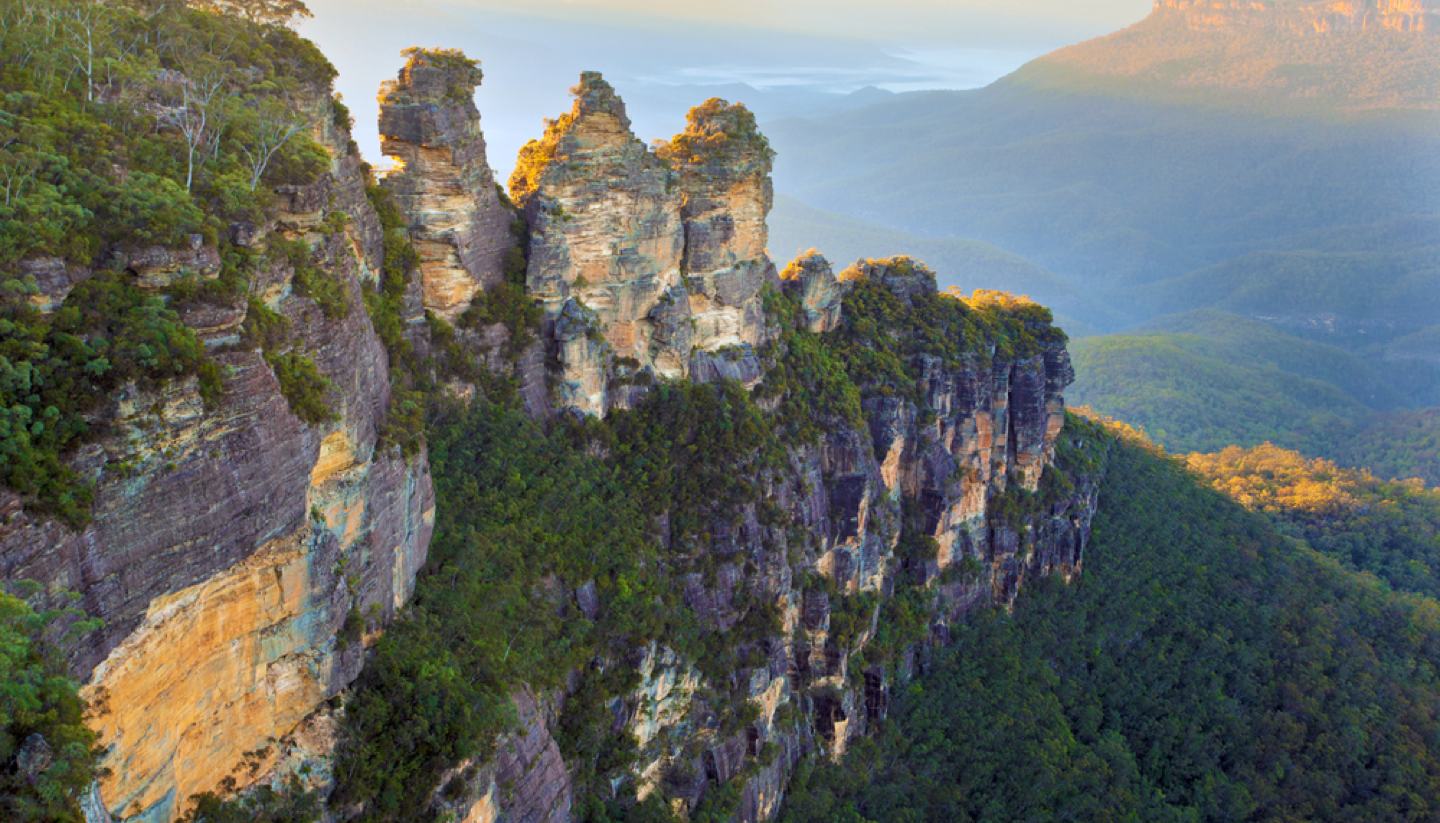New South Wales Weather, climate and geography
Weather and climate
Best time to visit
New South Wales enjoys a year-round sub-tropical climate, with warm semi-tropical summers, particularly in lower central areas and cool winters.
In the springtime from September to November, New South Wales comes alive with lush greenery and enjoys balmy, sunny days. This is a perfect time for a spot of whale watching, as humpbacks make their way southwards along the coast.
Summer in New South Wales, December to February, is characteristically hot and dry, with maximum temperatures reaching 30°C. The northern areas of the state are typically hot, with the sub-tropical rainforests of the north becoming humid and heavy. The bushlands to the north-west experience a dry heat, which rarely cools throughout the year.
March to May is state’s autumnal season, which offers pleasant and balmy temperatures. Rainfall is more common during this time, so make sure you bring an umbrella with you on any excursions. This period tends to be a busier tourist period with people flocking to the region for the cooler temperatures and clear days.
Winters in the New South Wales, June to August, can be chilly with temperatures in Sydney dropping to a low of 7°C.
The coolest region of New South Wales, however, is the Snowy Mountains, where snow and frost are common throughout the winter months. Mountain areas in the west are cooler, particularly in winter. Rainfall is heaviest from March to June.
Required clothing
Lightweight cottons and linens in summer. Warmer medium weights in mountain areas. Waterproofing is advisable from March to June.
Geography
The landscape ranges from the subtropical, rainforest-clad regions of the north to the Snowy Mountains in the south, which contain Australia's highest point, Mount Kosciuszko (2,228m/7,310ft), prominent alongside glacial lakes and stunning valleys.
The southern coastline of New South Wales is home to 30 national parks, an abundance of bays, coves and dazzling beaches, especially around Jervis Bay and the Sapphire Coast. Contrasting that is the rugged outback territory found at Mungo and Mutawintji National Park, where previous settlements and old mining towns unearthed the mineral-rich deposits of the area.
There are over 2,000km (1,200 miles) of coastline and four UNESCO World Heritage sites including Lord Howe Island, the Greater Blue Mountains area, Willandra Lakes and the Gondwana Rainforests.


